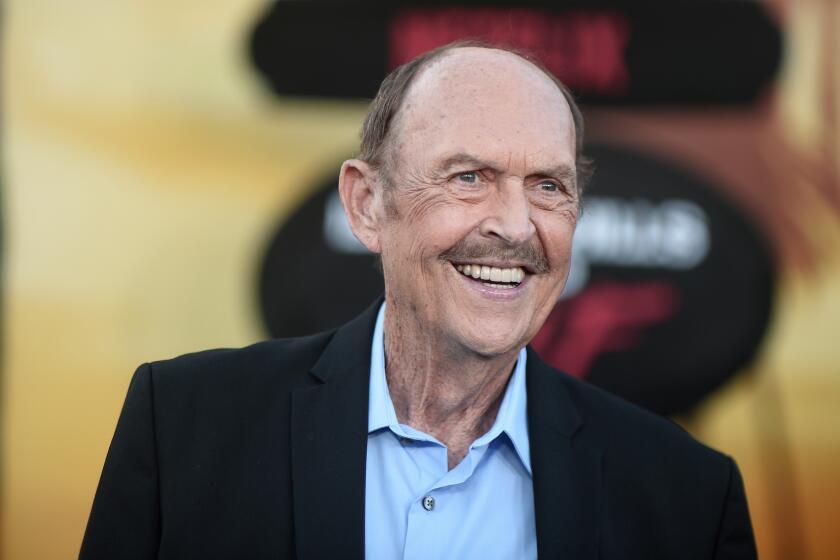Spiro Kostof; Architectural Historian, Design Scholar
Spiro Kostof, a preeminent architectural historian and urban design scholar, has died of lymphoma at his Berkeley home.
The University of California professor--known to most Americans for the ambitious five-part 1987 public TV series “America by Design”--died Saturday. He was 55.
Kostof, president of the Society of Architectural Historians from 1974 to 1976, also wrote several books, among them the acclaimed “A History of Architecture: Settings and Rituals,” a classic textbook published in 1985.
A Times reviewer found it a welcome contribution to architectural literature which ordinarily “focuses on a boring succession of notable buildings, seemingly marching through time and space as isolated monuments. . . . “
Kostof, he wrote, considered architecture a social act, “nothing more and nothing less than the gift of making places for some human purpose.”
The San Francisco Chronicle, in its obituary, said that “Professor Kostof was a superb scholar who solved many arcane problems of architectural history. But by the time he wrote his now classic textbook, he had come to believe that ‘all buildings of the past, regardless of size or status or consequence, should ideally be deemed worthy of study.’
“His purpose was to ‘demystify’ architecture, and the great lesson of the (TV) programs is that all Americans, over the past 400 years, have designed America.”
The TV series which he hosted sought to explain, at a layman’s level, the fields of architecture, urban planning and landscaping. Kostof managed this by taking viewers on field trips tracing the evolution of homes and factories, public works, urban centers and even strip mines.
Kostof’s most recent book, “The City Shaped: Urban Patterns and Meanings Throughout History,” was published last month.
The second volume of his two-part work, “The City Assembled,” was being readied for press when he died.
Kostof, who was born in Turkey, attended Yale University, where he received a doctoral degree in 1961.
He taught art history at Yale until 1965, when he came to UC Berkeley as a professor of architectural history.
More to Read
The biggest entertainment stories
Get our big stories about Hollywood, film, television, music, arts, culture and more right in your inbox as soon as they publish.
You may occasionally receive promotional content from the Los Angeles Times.










